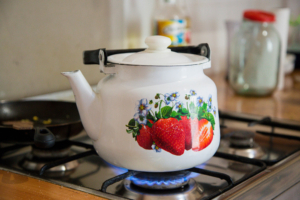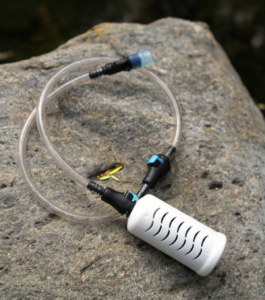Life’s unexpected challenges extends beyond the realms of natural disasters. From industrial incidents to personal upheavals, preparedness helps us persevere.
1. Gas Plant Leak:
- Scenario: A local gas plant leak poses immediate dangers to nearby communities, leading to health risks and potential evacuations.
- What do I do now?
- Stay informed and up to date with your local news.
- Follow the instructions given – shelter in place or evacuation.
- Have a well-stocked emergency kit, and car kit.
- Have a 1, 3, 6, 9, or 12 month food storage
- Have emergency plans in place, and meeting locations for family members if getting home is not an option
2. Railway Accident:
- Scenario: A train derailment or collision may result in hazardous material spills, injuries, and/or significant disruptions to local communities.
- What do I do now?:
- Familiarize yourself with emergency response procedures being communicated to you, and ensure your family knows evacuation routes and emergency contacts.
- Follow the instructions being given from your local authorities
- Have a well-stocked emergency kit, and car kit.
- Have a 1, 3, 6, 9, 12 month food storage
- Have emergency plans in place, and meeting locations for family members if getting home is not an option
3. Loss of Power: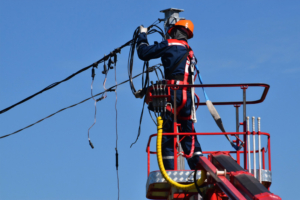
- Scenario: Power outages from severe weather or infrastructure
- What do I do now?:
- Locate your flashlights, batteries, non-perishable foods, and backup power source if you have one, like a generator or solar power system.
- Tune into your local news channel to confirm the source of the power loss. Follow the instructions of your local authorities.
- Have a well-stocked emergency kit, and car kit.
- Have a 1, 3, 6, 9, or 12 month food storage
- Have emergency plans in place, and meeting locations for family members if getting home is not an option
- If you are in an area prone to regular loss of power, have a backup power source should be priority
4. Unemployment:
- Scenario: Job loss can bring financial strain and uncertainty to households.
- What do I do now?
- Use your emergency fund
- Seek job loss support services within your community. Or depending on the circumstances of the job loss, EI (employment insurance) may be accessible
- Have a 1, 3, 6, 9 or 12 month emergency fund. Consistently be paying yourself to reach and maintain whatever your goal fund is
- Keep skills and certifications up to date
- Have an up to date resume
- Network
5. Food/Supply Chain Shortages:

- Scenario: Disruptions in the supply chain can lead to shortages of essential goods, affecting availability and prices. Remember the toilet paper fiasco of 2020? And most recently, the sugar shortage of 2023?
- What do I do now?
- Use your currently stored food storage
- Stay informed about local and global supply chain issues, and explore alternative sources for essential items
- Have a 1, 3, 6, 9, or 12 month food storage of food you will eat
- Have an inventory of your food and water supply
- Let us help! Check out these prebuilt kits, or reach out to us to help you custom build your own.
6. Personal Injuries:
- Scenario: Accidents or health crises results in personal injuries, requiring immediate attention and care.
- What do I do now?
- Learn basic first aid and CPR
- Know the location of the nearest medical facilities.
- Utilize your health benefits
- If a work accident, utilize workers compensation
- If the accident affects your ability to work, utilize short/long term disability services
-
- Have workers compensation to cover work accidents – report all work injuries immediately. Know your rights as an employee
- If you have extended benefits, be aware what you have access to
7. Supporting an Extended Family Member:
- Scenario: A family member is in a situation where you have graciously agreed to support them. Taking on the responsibility of caring for an extended family member can be emotionally and financially challenging.
- What do I do now?
- Develop a support network within your family
- Understand available community resources and services
- Create a plan with said family member
-
- Create caregiving plans in advance for the well-being of all family members involved.
- Consider your 1, 3, 6, 9, 12 month food storage.
8. Cybersecurity Breach:
- Scenario: A cyberattack compromises your personal and financial information, leading to identity theft or financial loss.
- What do I do now?
- Change passwords
- Contact financial institution and make a claim with their fraud department
- Check your bank statements for other suspicious activity
-
- Use strong, unique passwords
- Enable two-factor authentication
- Regularly update software
- Educate yourself on cybersecurity best practices
- Do your personal accounting and balance your accounts each month (or more often) to catch suspicious activiy
9. Civil Unrest:
- Scenario: Political or social upheavals can lead to civil unrest, protests, or disruptions in public services.
- What do I do?
- Decide what your involvement may or may not look like
- Stay informed about local and global events
- Use your communication plan with family members and contact those you need to
- Follow the advice to shelter in place or evacuate per your local authorities
-
- Be aware of safe locations and evacuation routes. Have emergency plans in place
- Be prepared emotionally. Self-assess. Determine your strengths and weaknesses (individually and as a family) and know what roles you each can play in handling stressful situations
10. Unexpected Legal Issues:
- Scenario: Legal challenges: divorce, legal disputes and arrests.
- What do I do?
- If you aren’t sure what to do, start researching. Ask questions. Contact a lawyer or legal aide. Know your options.
- Find a trusted person to help guide you through making difficult or challenging questions.
-
- Have access to legal counsel
- Maintain important documents
- Understand basic legal rights to navigate unexpected legal issues
11. Loss of a Loved One:
- Scenario: Losing a loved one is an emotional time.
- What do I do?
- Allow yourself time to grieve. Be open and honest with family and friends about your status and accept hugs and help as needed. Access grief support resources.
- Follow your plan in place. Go through the motions necessary (as every circumstance is different)
-
- Maintain open communication with family members about end-of-life wishes
- Have a comprehensive estate plan
- Keep a list of trusted people whom you can talk to or reach out to
Conclusion:
Life’s uncertainties demand our attention and proactive planning. Preparedness helps in facing non-natural disasters with strength and adaptability, emerging intact and even stronger on the other side. Preparedness transforms adversity into an opportunity for growth.





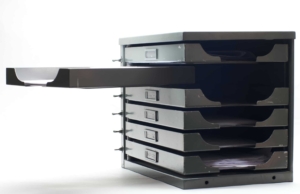



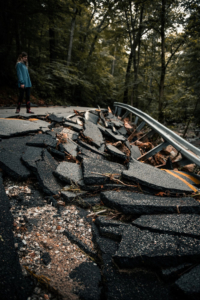
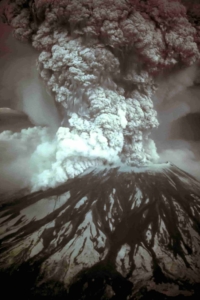

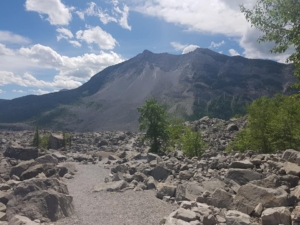
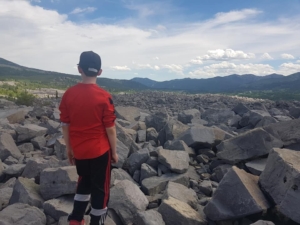
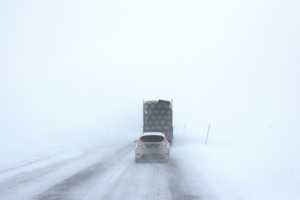 transportation and daily life. These seemingly subtle events underscore the impact weather can have on our daily activities, demanding respect for the forces of nature.
transportation and daily life. These seemingly subtle events underscore the impact weather can have on our daily activities, demanding respect for the forces of nature.
 wind chill include proper outer wear, avoiding exposure of skin, and limited time in the elements.
wind chill include proper outer wear, avoiding exposure of skin, and limited time in the elements.






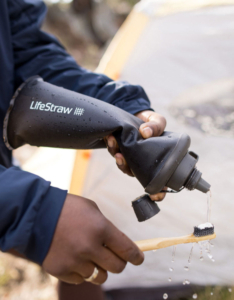 T
T